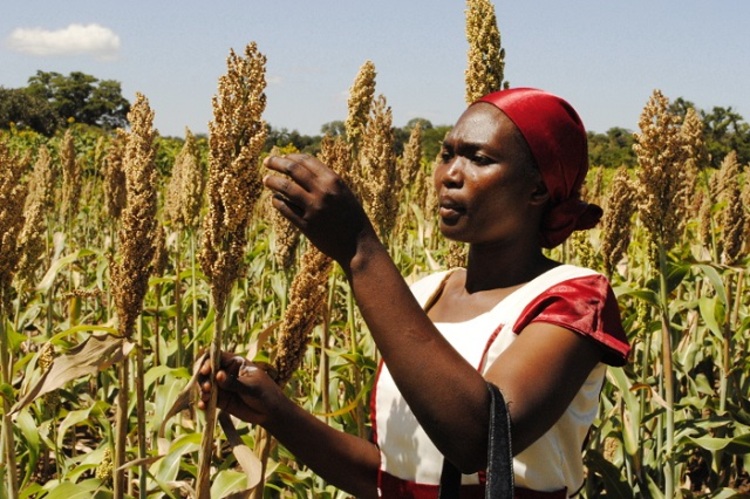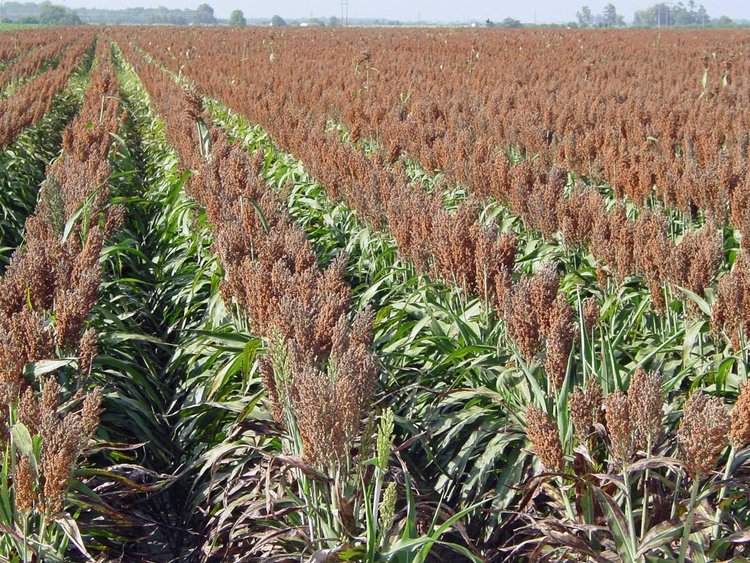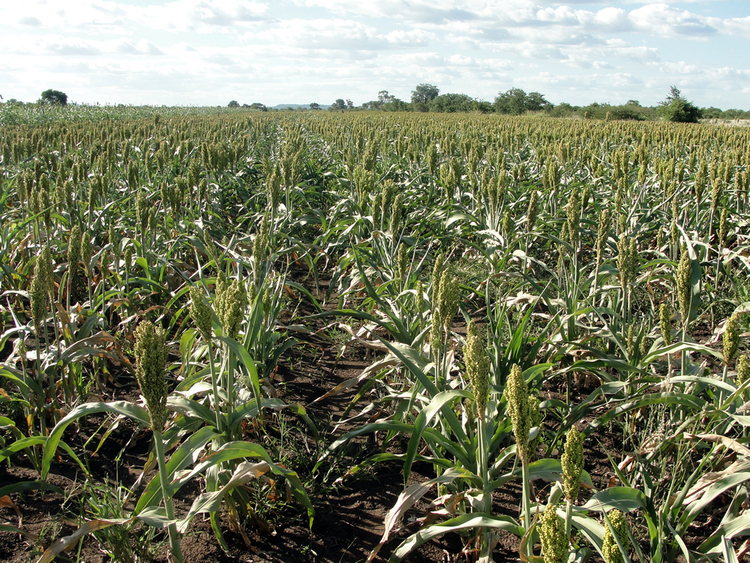
The Sunday Mail

Harmony Agere Extra Reporter —
Global warming and climate change have resulted in a colossal drop in food-crop production in most regions across the world.
In Zimbabwe, the production of crops such as maize, the country’s staple food, has since 2002 been fluctuating below demand levels due to successive droughts instigated by global warming.
Statistics show that for the past 10 years, the country has not managed to satisfy its national maize demand which is estimated to be around 1,8 million tonnes.
As such, millions of people have been left food and nutrition insecure. About 4 million people were early this year reported to be in need of food aid after the El Nino induced drought while thousands of children dropped out of school due to malnourishment.
 The Food and Agriculture Organisation (FAO) reported in its 2016 state of food and agriculture journal that decline in food-crop production could worsen in sub-Saharan Africa within the coming decade due to climate change.
The Food and Agriculture Organisation (FAO) reported in its 2016 state of food and agriculture journal that decline in food-crop production could worsen in sub-Saharan Africa within the coming decade due to climate change.
It is against this background that Government has been actively advocating for promotion of drought resistant small grain crops to ensure food and nutrition security during dry seasons.
Small grains comprise of sorghum, pearl and finger millet and are ranked as second staple cereal crops after maize in Zimbabwe. They are tropically adapted plants with high water use efficiency due to their structural characteristics that reduces water transpiration. Therefore, small grains have the ability to survive dry and hot conditions. Small grains are not only renowned for their drought resistant abilities, they also have rich nutrients which according to medical experts can boost the immune system.
Therefore, small grains have the ability to survive dry and hot conditions. Small grains are not only renowned for their drought resistant abilities, they also have rich nutrients which according to medical experts can boost the immune system.
“They are a rich source of carbohydrates. Sorghum and pearl millet are rich in vitamins and minerals, especially potassium, calcium and phosphorus,” ,” says small grains specialist and research expert Ms Chipo Zishiri.
“The minerals are important for healthy bones and teeth while finger millet is rich in iron, an important component of haemoglobin in red blood cells.
“Iron is an important requirement for children under five years, pregnant women and the chronically ill patients,” she said.
Finger millet can be prepared into sadza or porridge. It can also be used to make non-alcoholic beverages and traditional beer.
On the need to adopt small grains, Eddie Rowe, country director of the World Food Programme in Zimbabwe recently said, “We need to diversify our food sources and stop relying heavily on maize, which has proven not to be conducive in areas with low rainfall.”
Yet despite their good profile, small grains are still meeting heavy resistance. Agricultural experts say many people still favour maize instead of small grains.
According to the Zimbabwe Vulnerability Assessment Committee (ZimVAC)’s 2016 rural livelihoods vulnerability assessment report, over 80 percent of all farming households planted maize, except for those in Matabeleland North and South.
Farmers in naturally dry regions such as Matebeleland and Masvingo provinces are still bent on planting maize despite its dismal performance in these regions.
According to a research conducted by Zimbabwe Policy Economic Analysis and Research Unit (ZEPARU), small grains production has been in a constant decline since 1988. The yields have barely gone past 200 thousand tonnes since 1998.
ZEPARU says most people are hesitant to take up small grains due to the labour intensive processes involved. The grains are also attacked by birds and animals and there is an absence of markets and certified seeds.
“About 85 percent of the farmers interviewed rely on animal power,” says Zeparu’s Cornelius Dube while presenting their research findings.
“Only about seven percent use mechanised methods while about eight percent use manual labour without any animal power.”
The lack of mechanised tools in the production of small grains is said to have driven most farmers away, having found the process too labour intensive and time consuming.
Zeparu added, “There are no clear markets hence the decision by farmers to produce the small grains at a small scale.
“The producer price for small grains is also too low relative to the labour requirements
“The consumption patterns by Zimbabweans, who are more inclined towards maize, also affects small grains production trends.”
In Zimbabwe, small grains are mostly used at household levels. Experts say a reorientation is required to enable large scale production. The manual threshing process which causes itching and discomfort due to the effect of the small grains’ dust has also been found as a huge deterrent.
Zeparu recommends promotion of small grains among farmers, pointing out the key message should stress on their climate change adaptation as well as their nutritional value.



